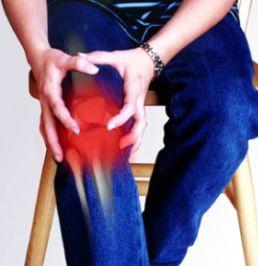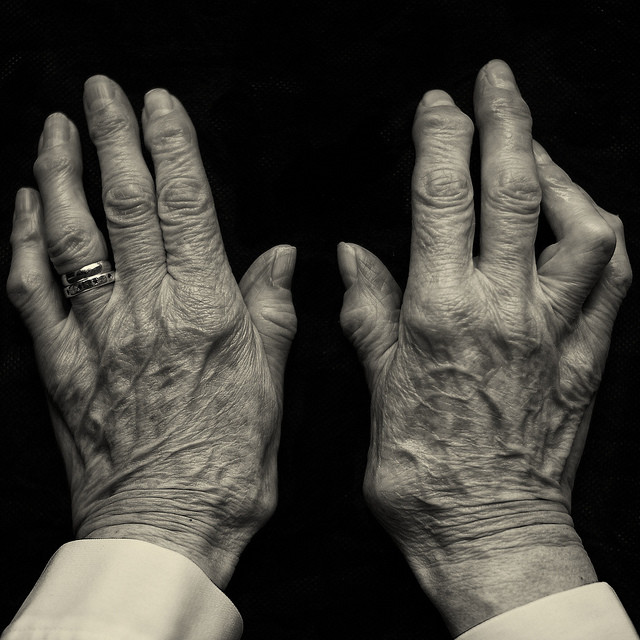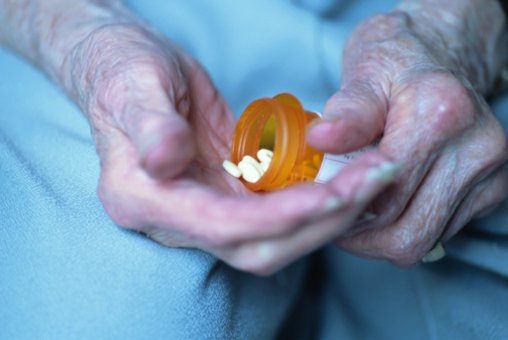Initial RA Signs: What are the First Signs of Rheumatoid Arthritis?
You just hit your early 30s. You notice that it is harder to get up every morning than it was even five years ago. There’s a general feeling of stiffness over your entire body that you can never quite escape. You initially wrote it off as just an unfortunate part of the aging process (and even put up with gentle teasing from your friends), but now you’re starting to think there may be something more serious going on.

You’ve also started losing weight, but not because you are dieting nor exercising. You originally thought it was because of you have no appetite or real interest in food, but even when you DO eat it seems to have no effect on your weight. All of this has contributed to a sense of depression – something that you’ve never had to deal with previously. Unfortunately, there IS something serious going on. These are just a few of the major early signs and symptoms of rheumatoid arthritis (RA).
RA is a long-term autoimmune disorder that typically affects a person’s joints. What usually begins as a warm feeling or swollen hands can quickly turn into pain that just won’t go away. Internally, the disease can also manifest itself as a low red blood cell count, inflammation of the lungs or even inflammation of the heart.

A crucial part of seeking appropriate medical treatment as quickly as possible involves knowing what to look for and what to be concerned about. Most importantly, it is essential to know when things are getting serious.
RA: By the Numbers
According to a study conducted by the Rheumatoid Arthritis Support Network, RA actually affects many more people than you may have previously realized. It is estimated that up to 1% of all people worldwide currently suffer from RA, which equates to roughly 1.3 million United States citizens alone. Current estimates say that as many as 300,000 children in the United States currently suffer from a juvenile form of RA, which can affect kids up to 17-years-old.
- The signs and symptoms of RA typically begin when someone reaches the age of 30, though it can take until a person is in their 60s to fully develop. Cigarette smoking can increase the risk of a person developing RA by as much as 2.4%. Unfortunately, RA tends to also shorten a patient’s life span – in some cases, it can do so by as much as 10 to 15 years.
What Causes RA?
Sadly, the specific cause of RA is not something that is currently known – though researchers are working very hard to try to solve this complicated puzzle. As a result, there is no cure for the condition at this time. All we have are a series of treatments that can help a person who has been affected live as comfortably as possible with their disease.

There are, however, four categories of potential risk factors that are heavily associated with a person developing RA in the first place. One of the most prominent of these is genetics. Those with an immediately family member who has been diagnosed are four times more likely to develop RA themselves. Risk factors of the environment also play a role, as everything from pollution to secondhand smoke to traumatic events could be enough to trigger the disease.
Hormones also seem to play an important role, as evidenced by the significant portion of women (vs. men) who develop RA. As previously stated, your lifestyle choices can also play a determining factor – particularly choices like smoking.
The Signs and Symptoms of RA
Luckily, the signs and symptoms of early onset RA ARE heavily documented. Experts agree that the most common initial symptoms are as follows:
- — You begin to experience a general feeling of pain or stiffness in your joints.
- — Your joints begin to swell or turn red on a regular basis even when you’re not engaged in heavily physical activities.
- — These symptoms extend to four or more of your joints, including those in your hands and fingers.
- — Your symptoms are symmetrical – meaning that they equally affect both the left and right sides of your body.
- — You experience a general sense of stiffness in your entire body when you wake up in the morning that often lasts for a half hour or more.
- — Any of the above physical symptoms last for longer than six months in a row.

If you begin to experience any of these initial signs, you should absolutely consult your doctor to schedule a physical examination. Don’t continue to ignore your body. It’s trying to tell you something is wrong. Outside of the symptoms directly associated with RA, there are a number of indirect signs to be on the lookout for, too. These include, but are not limited to, ones like:
- — You’ve recently started experiencing a chronic sense of fatigue that just won’t go away.
- — You’ve developed a low-grade fever.
- — You’ve inexplicably started losing weight.
- — You don’t have the same appetite you once did.
- — You have a general feeling of depression that you are unable to shake.
- — You get sick on a regular basis, or have an over-arching sense of malaise that is negatively affecting your daily life.
Living with RA
If you are living with RA, it is always important to seek treatment as quickly as possible. Though there is no cure, there ARE steps you can take to delay some of the more severe damage to your body that RA may cause. These treatments can allow you to continue to live a long, healthy life. A doctor will likely prescribe you certain disease-modifying antirheumatic drugs (DMARDs) like methotrexate, sulfasalazine, anakinra and more. Anti-inflammatory agents and, in certain extreme cases, surgery have also proven to be helpful.

You should also take steps to limit any exposure to lifestyle factors that are associated with the disease. If you’re a smoker, quit now. If you don’t exercise, it’s time to start. Change your diet to help maintain not just a healthy body, but to fight the inflammation the disease causes through diet. Likewise, there is some evidence that dietary supplements like omega-3 fatty acids can also help both mitigating long-term damage and assisting a person in dealing with the day-to-day struggles of RA on an ongoing basis.
